It’s My Birthday!
When it comes to birthdays, mine tends to either be blended into Christophers or get overlooked entirely since it falls on Valentines day. At this point I have become numb to it, but when I mentioned to Peter it would be nice to be solely celebrated he took it upon himself to make sure that happened once we reunited in Escondido.
Marina Puerto Escondido, Loreto BCS is a beautiful natural harbor with a safe deep water marina and mooring field. It is well-protected from the strong northeast winds and has been a popular stop for both sailboats and power yachts for many years; If you did not know you were in Baja and saw just the facilities, administration offices and the access infrastructure, you might think you were in the middle of a new marina in some major city in the U.S! The local mini-mart is fairly well stocked, there are clean (truly luxurious) showers and a laundry facility which we utilized after a month or so of hand washing our clothes. There is also free wifi, a fuel dock, (non DIY) boatyard AND a pretty good pizza restaurant located next to the pool and hot tub… which were sadly closed while we were there. Although we love anchoring for free, sometimes it’s nice to #TreatYoself and pay the man.
It was 8:00 in the morning on February 14th, 2024, and we had just enough time to grab some coffee from the market before loading up into the tour van that would be taking us to the San Javier mission. “We are going to make a few stops along the way” our guide said, and before we knew it we were driving through the Sierra de la Giganta. At the turn out, we pulled over and admired the view which was a lot more that just a pretty vista. In fact, we got to see the remnants of the El Camino Real.
The El Camino Real, known as “The Royal Road,” served as the vital link between the Spanish missions. Initially engineered by Jesuit padres and constructed by Spanish soldiers, the road began on the peninsula in 1697. It formed a network of roads extending from the inaugural mission at Loreto, eventually interconnecting California’s initial 17 missions. Interestingly, as you traverse along Hwy 101 in California (USA), spotting the mission bells along the highway signifies that particular stretch of road forms part of the original El Camino Real. Each bell, separated by a distance a horse could cover in a day, marks a significant historical milestone along this iconic route. The more you know!
As we continued on, our guide proved to be a wealth of knowledge stopping at a ranch to share facts about the flora and fauna. We walked through the remnants of the second attempted Loreto mission, which was nothing but stones marking where the foundation used to be. As we wandered across a river, a farm dog joined us. Chris, Peter and I all swooned over the energetic dog, and if it didn’t have a home we would seriously consider taking him home. The dog stuck around with us for a while, before jumping back into the river to swim back towards the grazing cows.
According to our guide, the state of Baja California Sur is a free-range state, which is why we see so many goats, burros, and cows grazing along the roadways.
The Mission
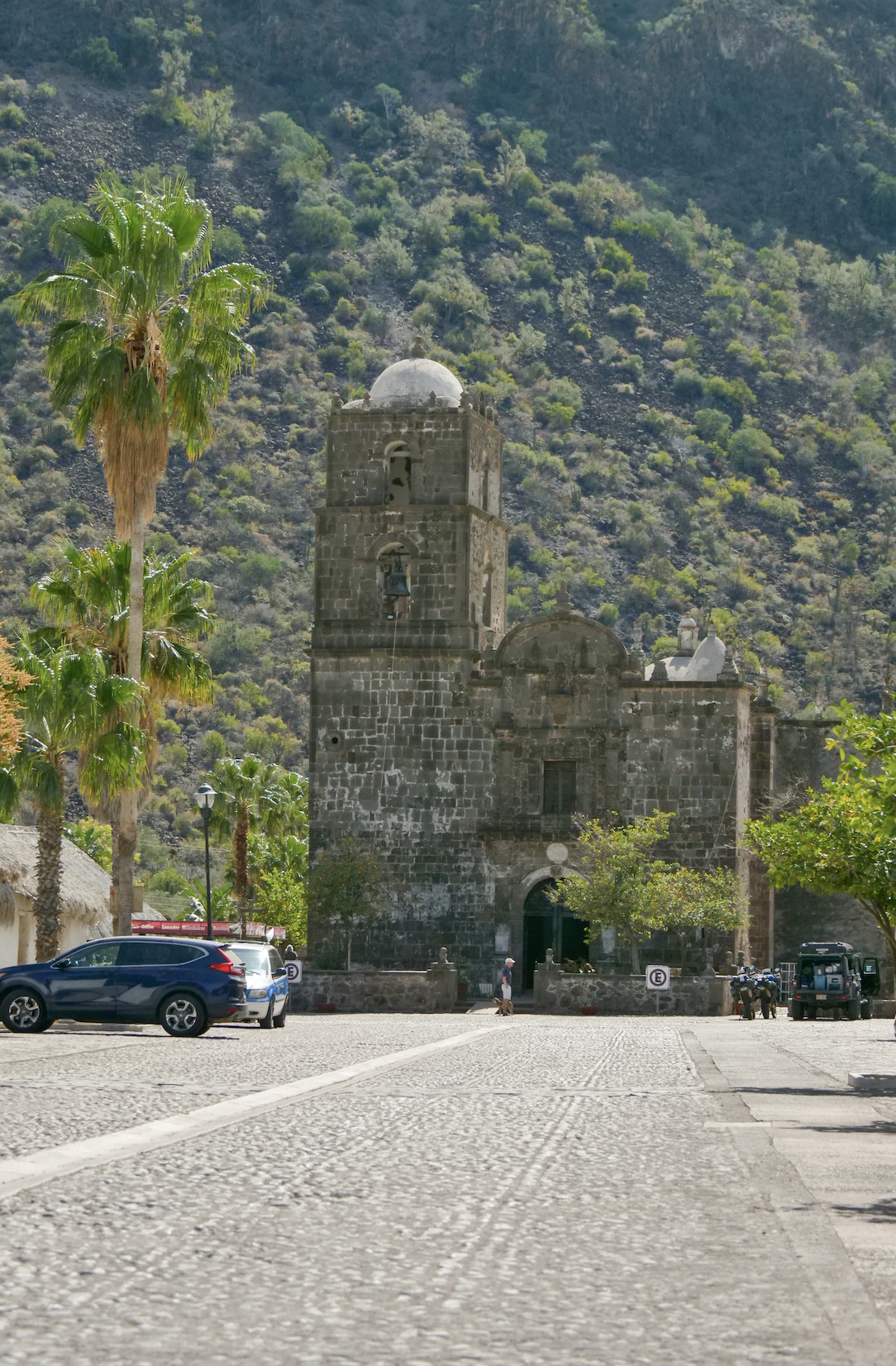 “Welcome to San Javier” our guide said, as we drove along the cobblestone street. The mission, humble and weathered, stood proudly at the end of the road which many people crawled on their hands and feet to reach as a form of penance or devotion. Unlike other missions or churches we have visited, this one remained vastly untouched despite undergoing several restoration efforts throughout its history to preserve its colonial-era architecture, including its stone walls, wooden beams, and decorative elements such as frescoes and altarpieces. The white exterior paint only clung to the nooks and crannies while the flat surfaces were bare stone, blending in with the rugged landscape. So, why did they build so far into the mountains? Just like many of our adventures, it wasn’t the original plan.
“Welcome to San Javier” our guide said, as we drove along the cobblestone street. The mission, humble and weathered, stood proudly at the end of the road which many people crawled on their hands and feet to reach as a form of penance or devotion. Unlike other missions or churches we have visited, this one remained vastly untouched despite undergoing several restoration efforts throughout its history to preserve its colonial-era architecture, including its stone walls, wooden beams, and decorative elements such as frescoes and altarpieces. The white exterior paint only clung to the nooks and crannies while the flat surfaces were bare stone, blending in with the rugged landscape. So, why did they build so far into the mountains? Just like many of our adventures, it wasn’t the original plan.
In 1697, Jesuit missionaries, led by Juan María de Salvatierra and Eusebio Kino, established the first permanent mission in Baja California at Loreto. This marked the beginning of organized efforts to Christianize and colonize the indigenous peoples of the peninsula. Following the success of the Loreto mission, the Jesuits sought to expand their efforts by establishing additional missions further north. In 1699, Salvatierra led an expedition to found a second mission near the present-day location of San Javier (which is now, as mentioned, just the foundation). However, this initial attempt ended in failure due to various challenges, including resistance from indigenous groups, harsh environmental conditions, and logistical difficulties.
Despite the setback, Salvatierra remained determined to establish a mission in the area. In 1701, he returned with a larger expedition and successfully founded the San Javier Mission which would go on to become one of the most important and enduring missionary outposts in Baja California. Between 1744 and 1758, Miguel del Barco was responsible for building what has been called “the jewel of the Baja California mission churches.” By 1817, the mission was deserted, leading to some of the altarpiece paintings from the 18th century being stolen. The church is now maintained by Mexico’s National Institute of Anthropology and History, which works to maintain and preserve the historical grounds.
Walking into the mission was like stepping back in time. The stone building was at least 15 degrees cooler inside, with sunshine pouring through the glass windows that were high above us. The white plastered walls chipped, giving way to age and the harsh desert elements. This special and highly regarded mission was surprisingly underwhelming in the most magical way. Unlike the glistening over-the-top churches seen throughout Europe and even central Mexico, this place of worship was just that: a place to connect with god. The three of us stood at the front of the church, admiring the art in front of us and taking it all in before stepping out to the missions garden. Much like the mission itself, the garden at San Javier Mission holds historical significance as it reflects the agricultural practices of the missionaries and settlers from the 18th century. These early pioneers cultivated the land surrounding the mission, creating orchards, vineyards, and gardens to sustain themselves and the mission community.
The luscious greenery was a stark contrast with the surrounding scenery as the sound of water flowed nearby. In addition to the rich variety of plant species native to the region there was a fair amount of introduced-crops and ornamental plants brought by the missionaries. The garden had fruit trees such as pomegranates, oranges, lemons, and figs, as well as grapevines for winemaking, a range of herbs and vegetables for culinary and medicinal purposes and olive trees for oil production – in fact, the olive trees are believed to be These ancient trees, with their gnarled trunks and silvery-green foliage, are amongst the earliest known olive trees planted in the country. Today, the olive trees continue to thrive, their branches heavy with fruit that is harvested and pressed into fragrant oil—a tangible link to the past and a source of pride for the local community, and a tasty souvenir!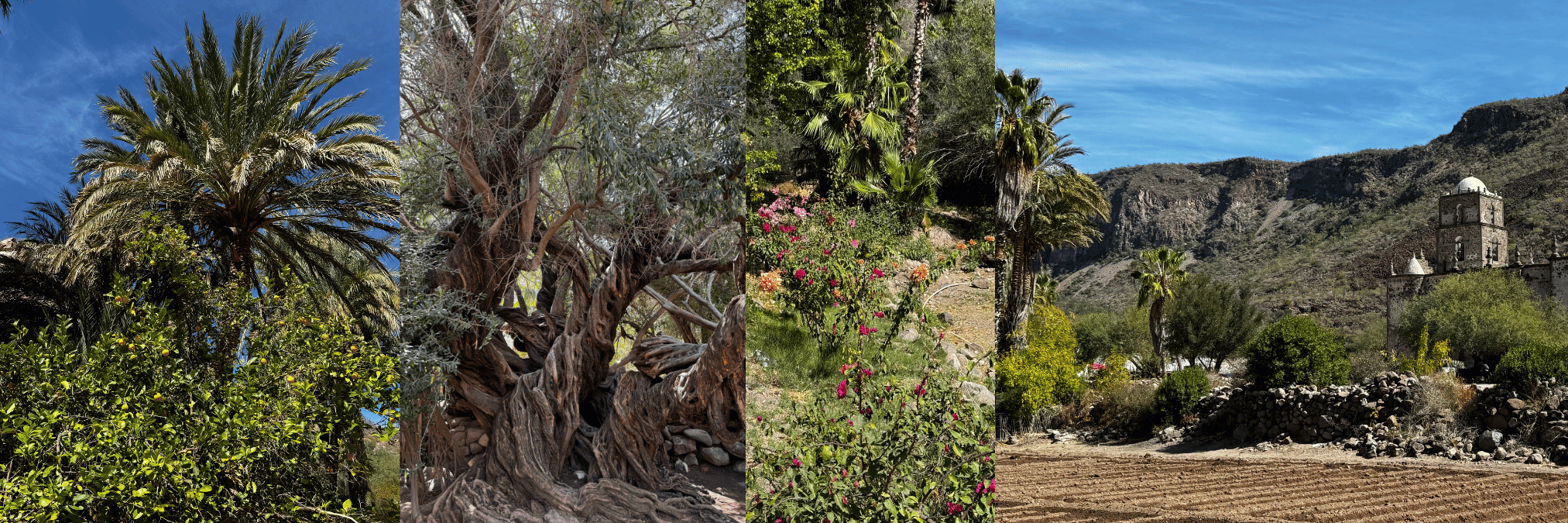
The availability of fresh water from the nearby mountain springs influenced the mission’s location, and have continued to nourish the orchards, vineyards, and gardens over the centuries. To maximize water usage, the missionaries implemented a sophisticated irrigation system using channels, ditches, and reservoirs to capture and distribute water to fields and orchards surrounding the mission. Although modern infrastructure supports water management at San Javier Mission, the hard work of the missionaries can still be seen.
Peter was starting to hit his hangry level once we reached the end of the garden, which meant we had exactly 30 minutes to find him food before he became an absolute monster to be around. Although I had become accustomed to carrying granola bars to throw at him when he started to get testy, we were all feeling the hunger pains and made our way to the nearby restaurant for lunch, which was included in our tour. Afterwards, we walked through the small town and ate ice cream while snapping photos and videos to commemorate the day. To think, I spent my 27th birthday in a church!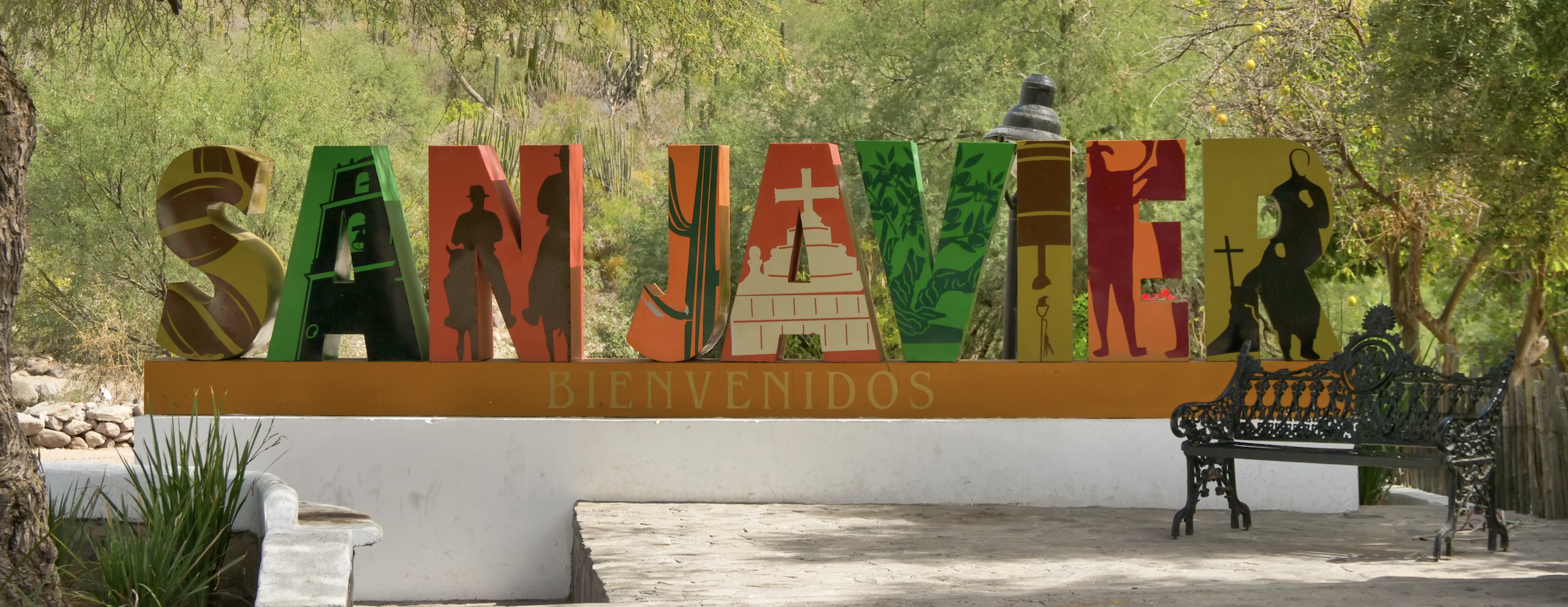
Birthday Margs
Our time in San Javier came to an end and so the trip home commenced. Tired from the day of learning and exploring, the boys got comfy and took power naps in the van while I typed away some notes to elaborate on later for this very blog post. Instead of being returned to Escondido, we decided to be dropped off in Loreto for some margarita madness – it was still my birthday, after all.
- My boys
- Obey the sign!
- Peter learned to love margs
We thanked our tour guide for the day, and tipped him for his knowledge and services before making our way into town. We passed by the Loreto mission with newfound knowledge, feeling a bit more connected to the land we currently resided in. It didn’t take long to get a margarita in my hands, the boys both following my lead even though Peter (at the time) had an aversion to liquor. One mango margarita fixed him right up! I was starting to get hungry again so we continued to walk until we found an alluring Italian restaurant where, against our better judgment, we ordered red wine to go with our delicious stone fired pizza… but we weren’t stopping there.
Being absolutely glutinous we continued on our walk, stopping at the restaurant across from the Loreto mission. There was live music, more margaritas, decent appetizers and a cute little black street cat that befriended us. The church bells rang as people filed out, filling the street with foot traffic that we joined after paying our final tab for the night and making our way home to Escondido. As we drove back to port on the cactus lined road, I couldn’t help but think about how the following day I would be surrounded by snow. Yup, you read that right! I had a ticket back to California for a snowboard competition, but I’ll talk about that (and the aftermath) in the next post.
Truth be told: I was struggling with the fact that I was turning 27 this year. In my head, I am still 24 years old; probably because Covid stole a few years from us. 27 is the age many legendary musicians died, the year my parents got married, and the reminder that I have been out of college and in the “real world” for a little over 5 years. Not only that, but Chris and I would be going on our 6th year of boat ownership and marriage. While other friends my age are truly settling down and having babies, we are still living this nomadic lifestyle (even if part time with the intro of Runaground Ranch last summer). They say at age 27, we start to set the tone for the life we’re living in the coming 60 years… and if that’s true I’m pretty stoked on what’s to come. Maybe 27 isn’t that bad after all 🙂
Huge thank you to everyone that sent me birthday wishes, and to Peter for planning a fun excursion. For details on the tour, CLICK HERE
Sending you all fair winds,
Marissa N

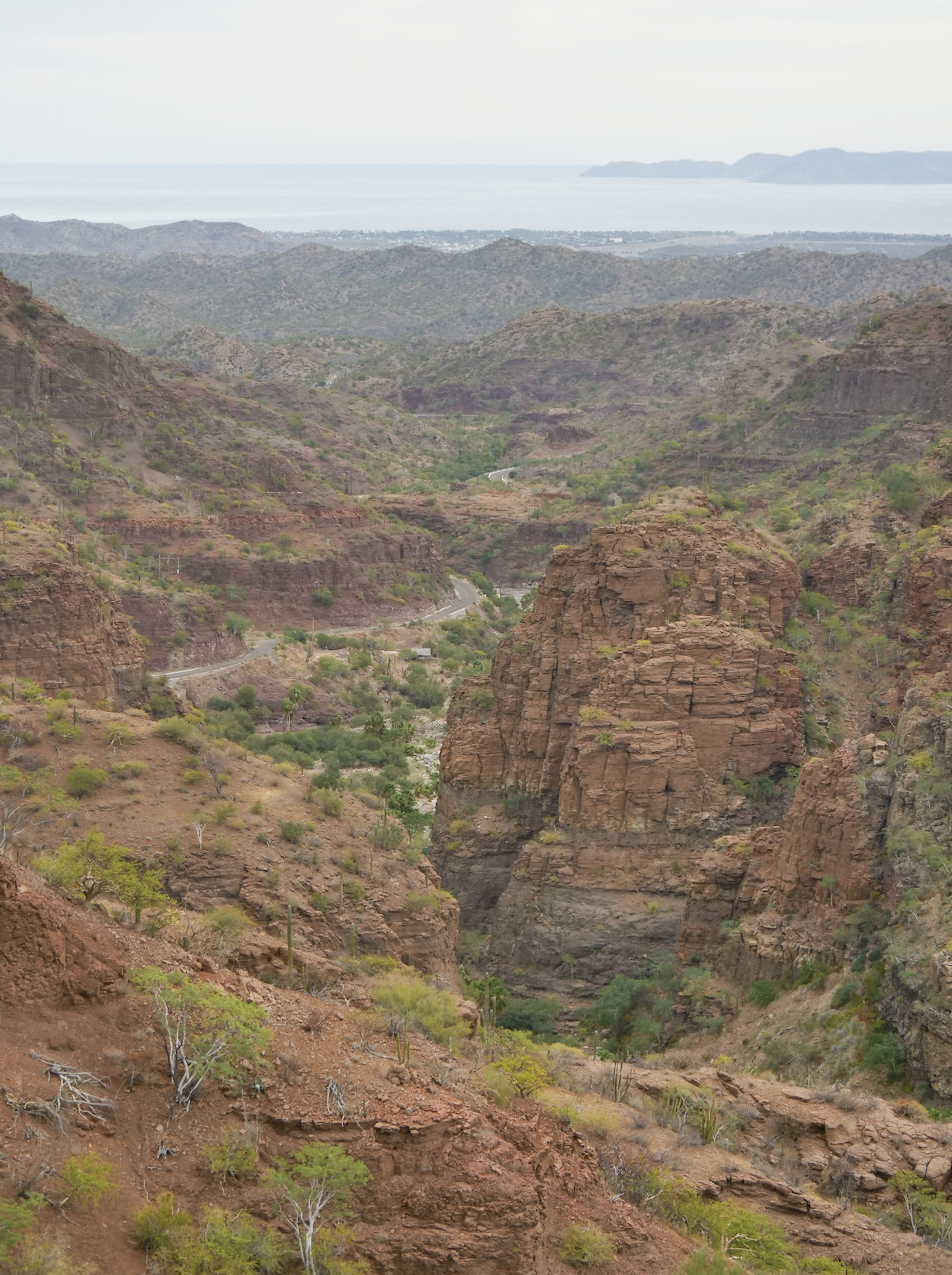
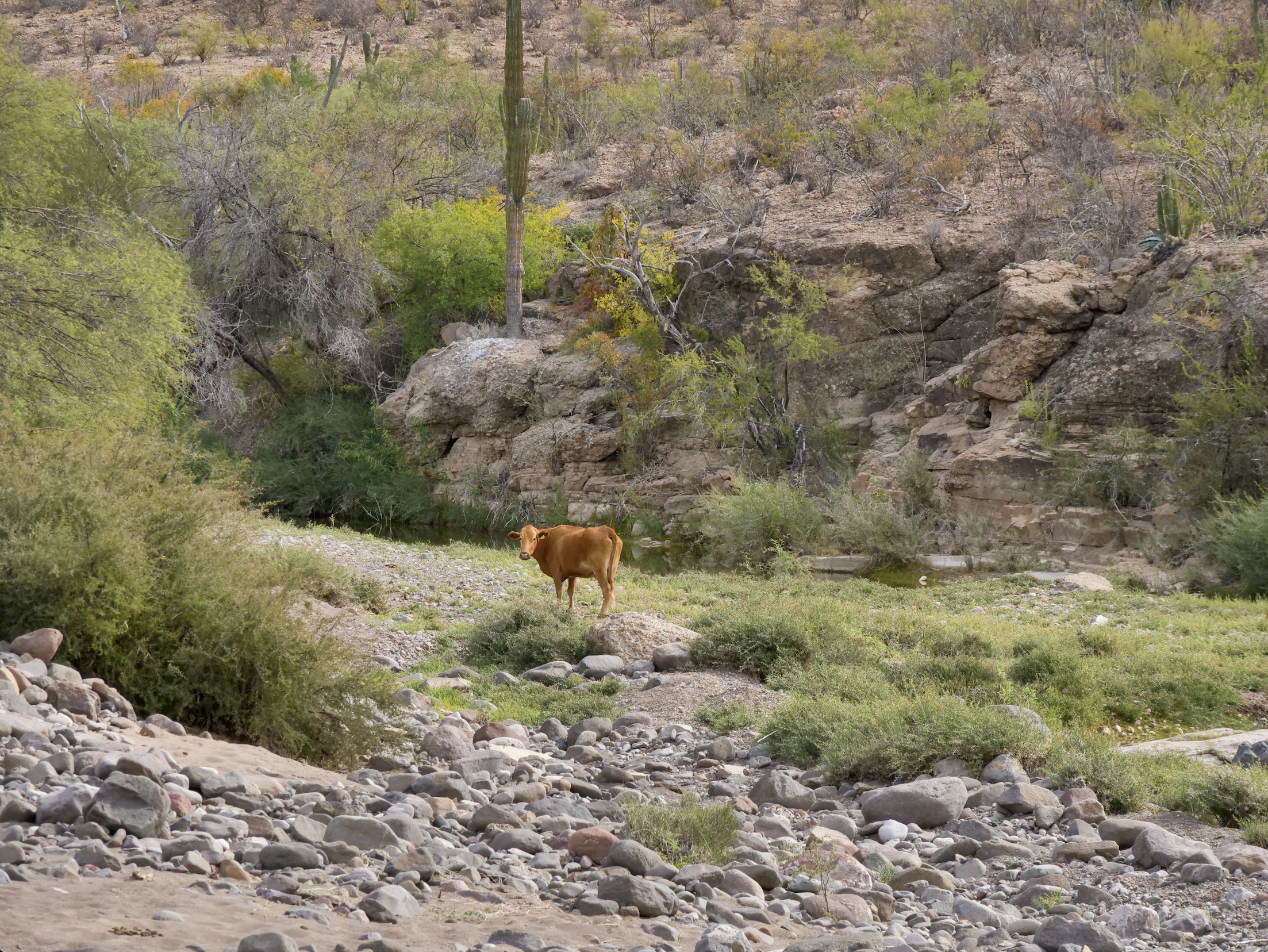
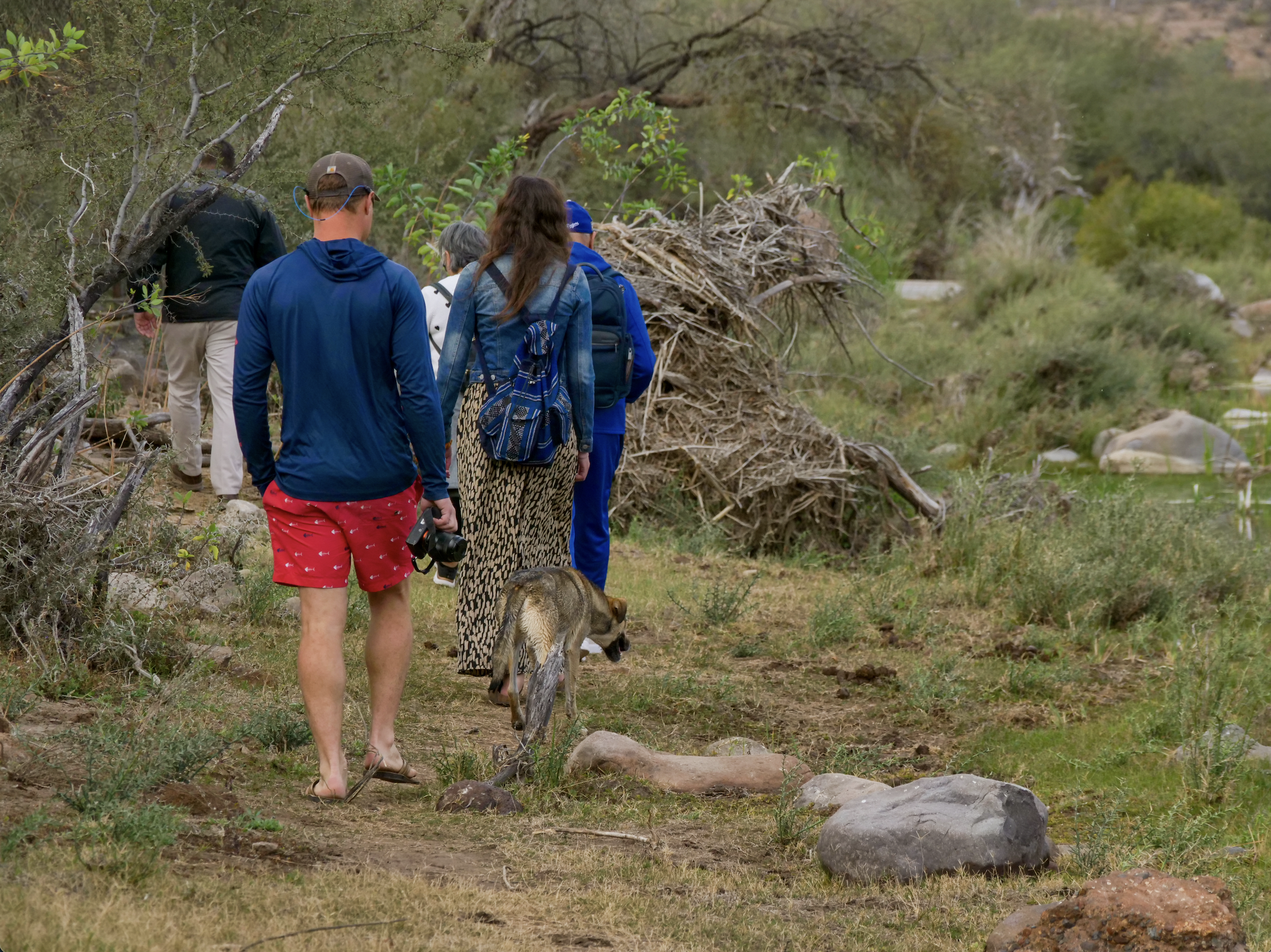
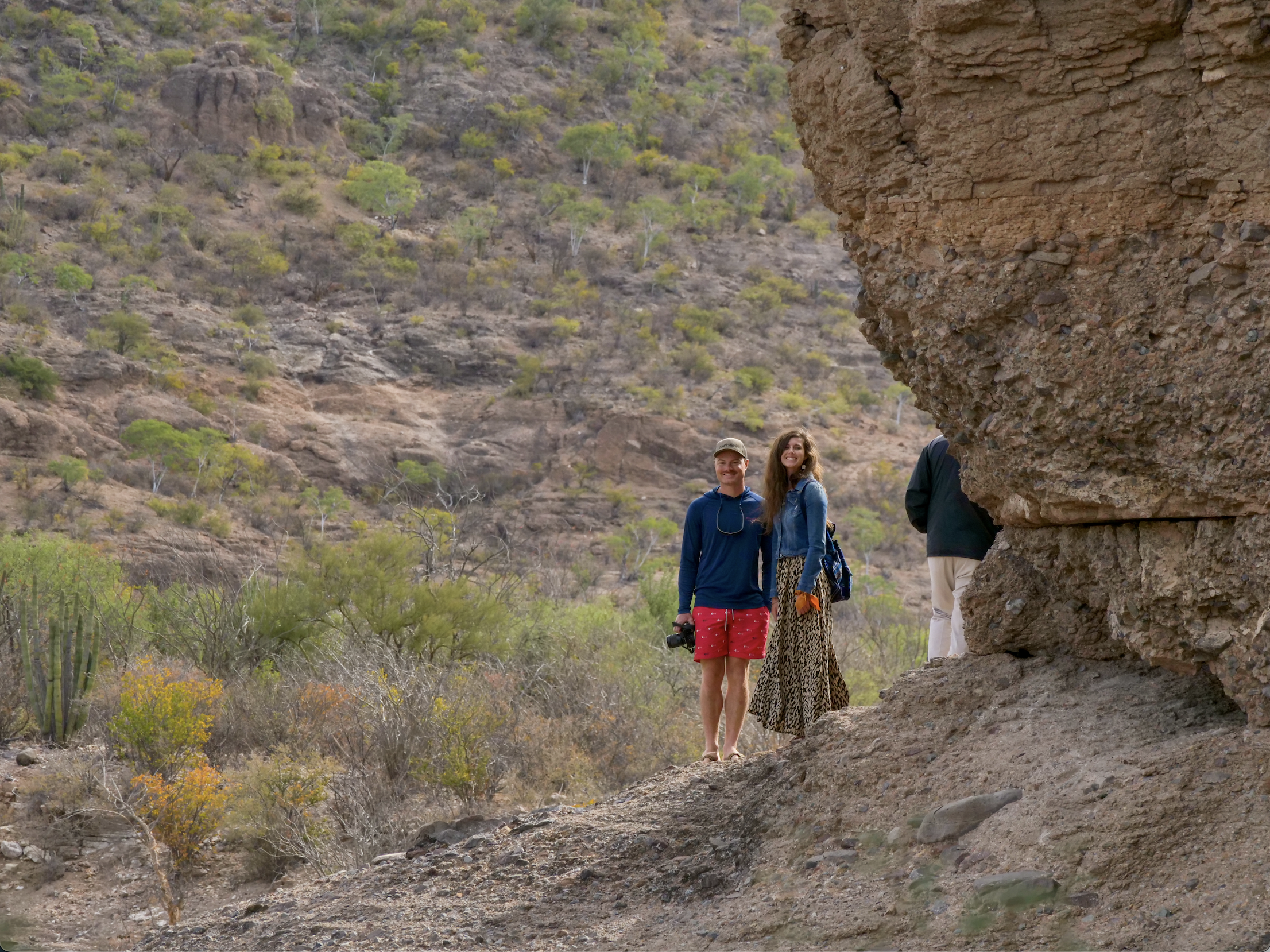
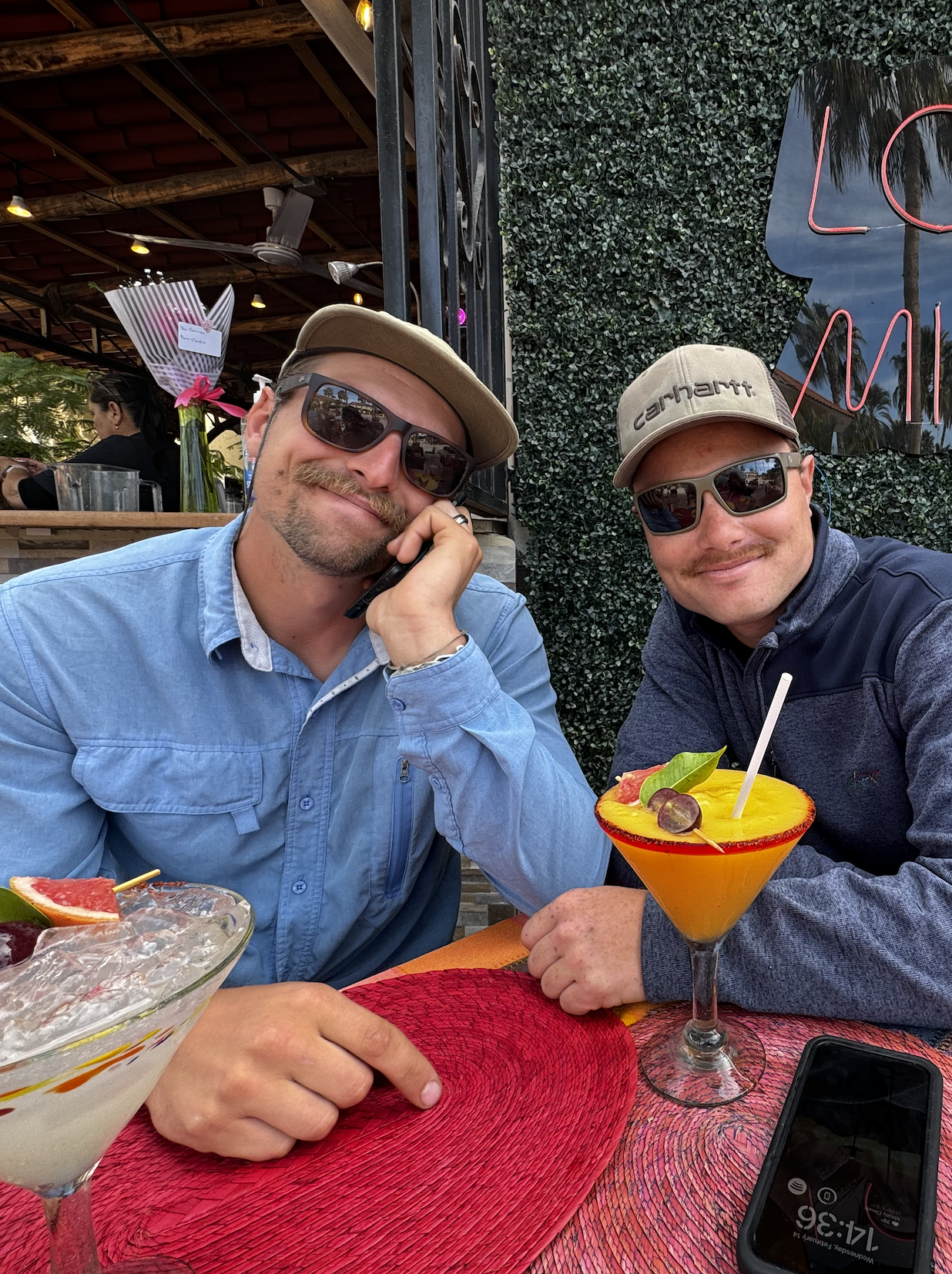
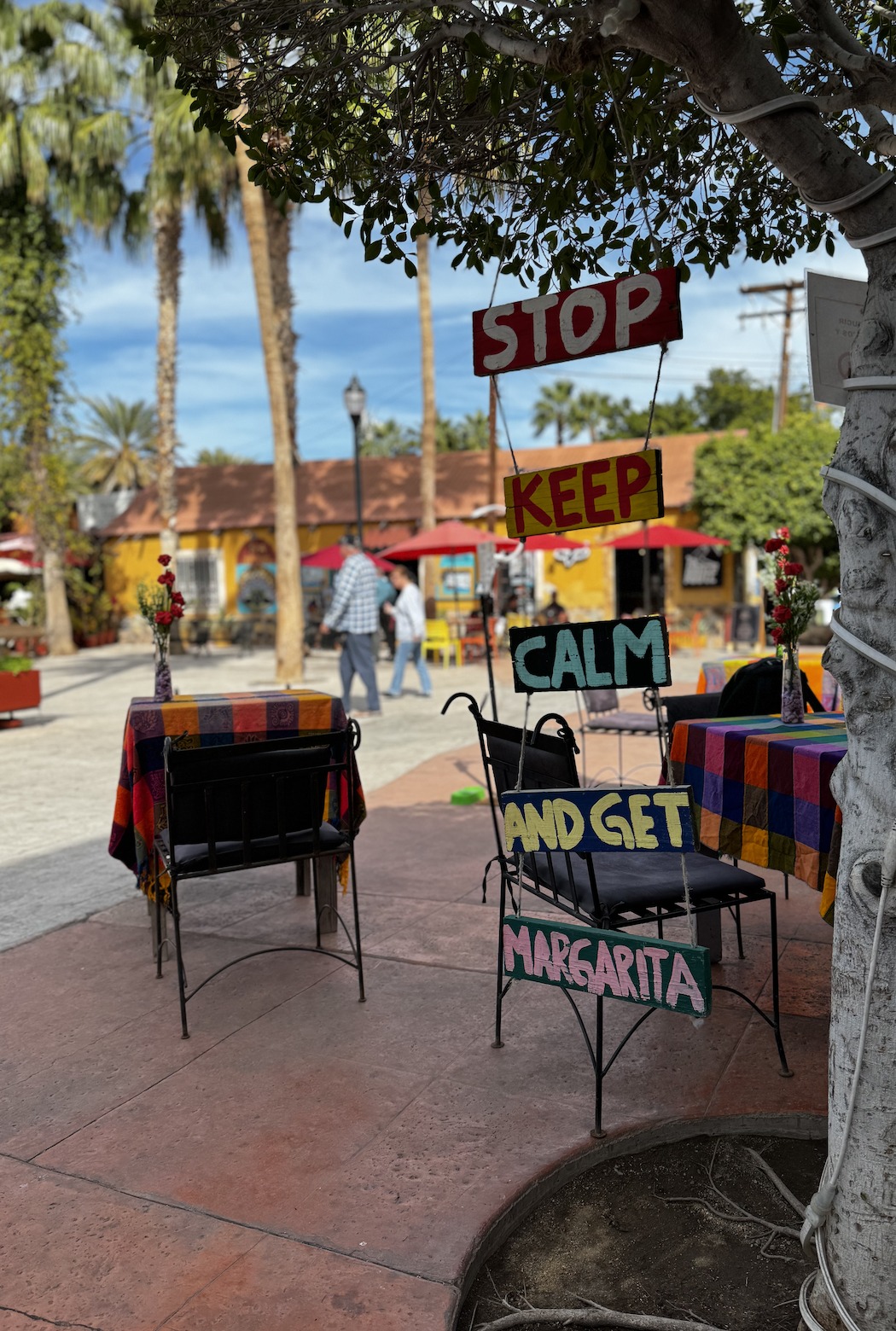
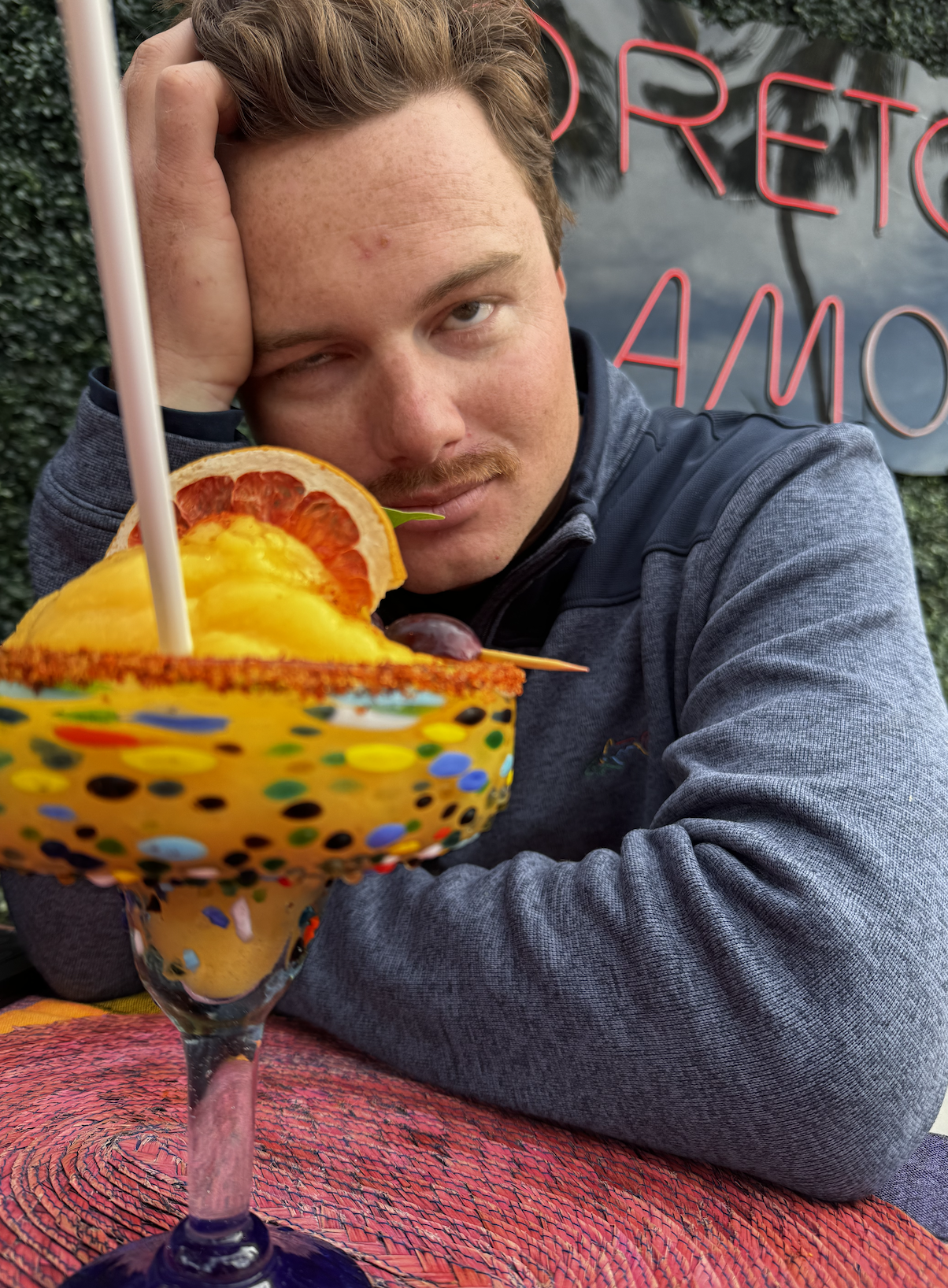
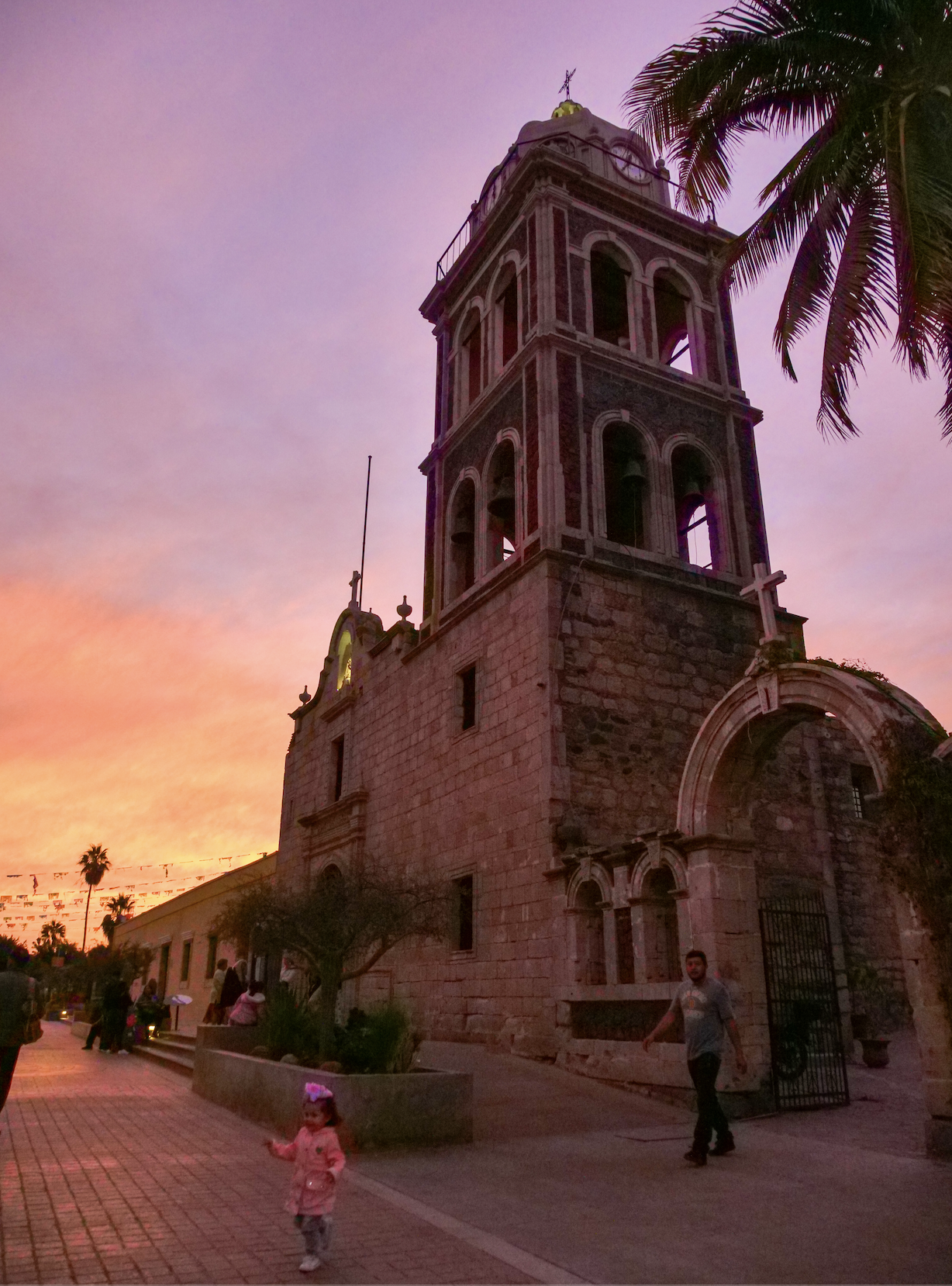
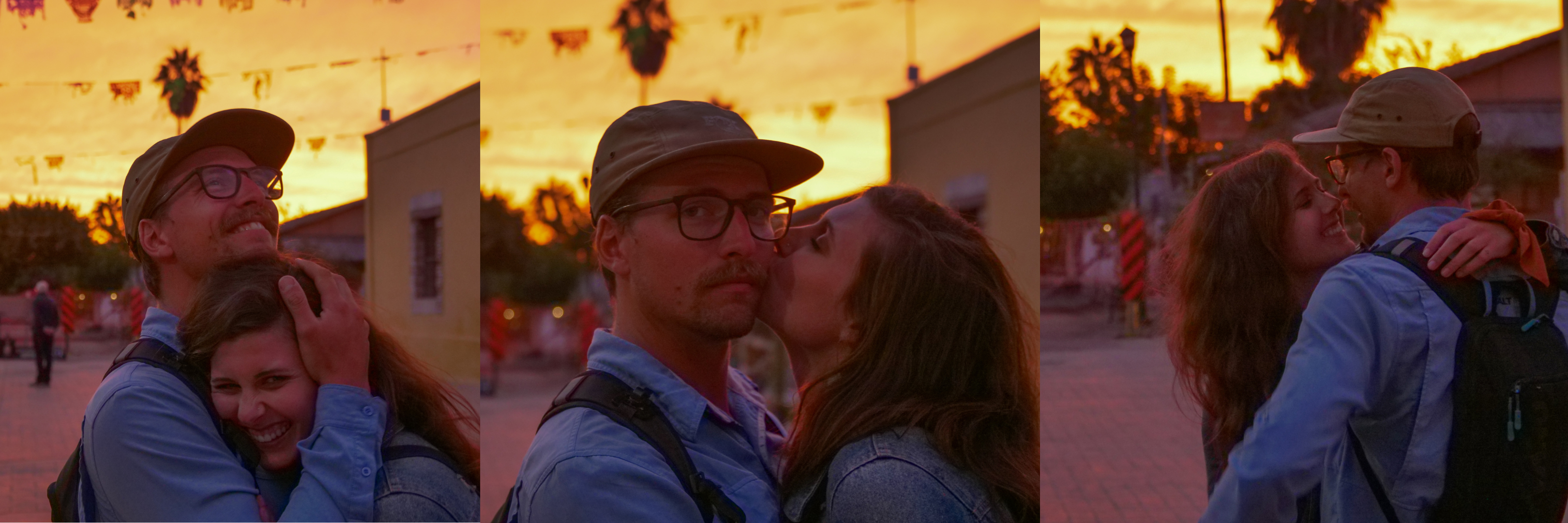


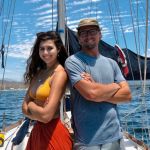




Great Birthday adventure for the capitan. And maybe Cleo needs a pupper friend!